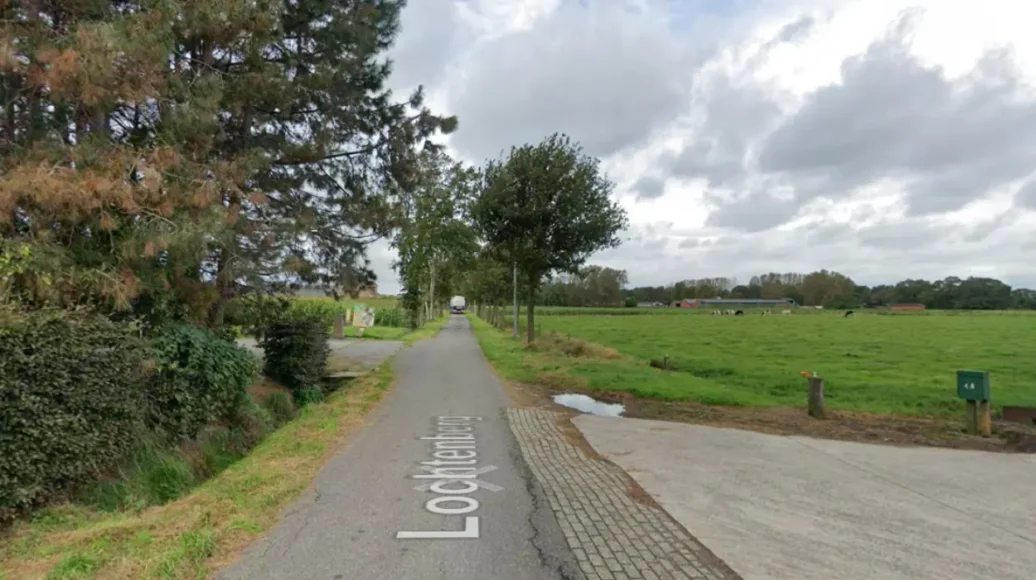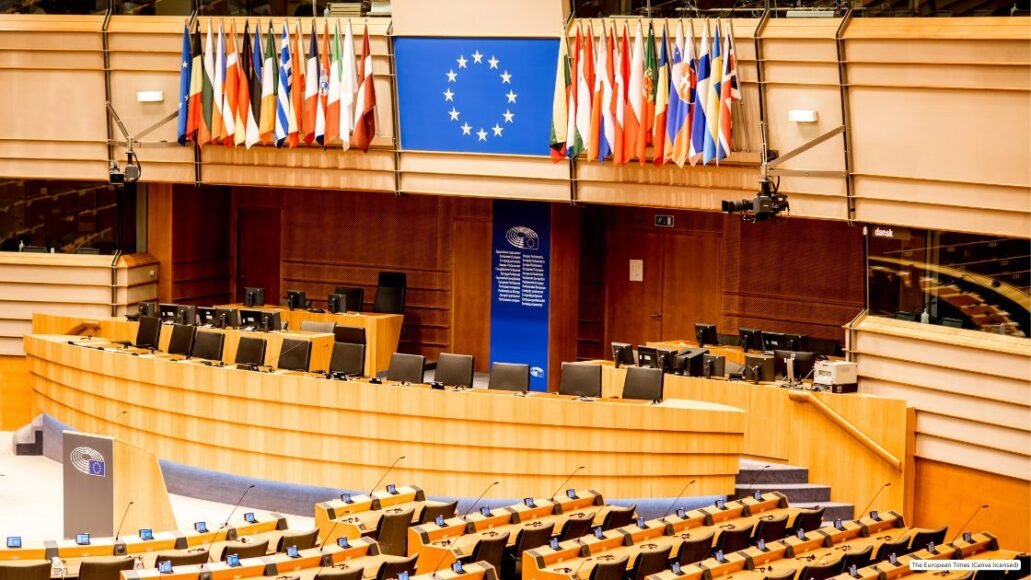Leo Tolstoy’s Anna Karenina masterfully delves into the emotional turbulence and societal constraints that define love in 19th-century Russia. The novel explores the complexities of passion amidst rigid social conventions, illustrating how personal desires often collide with the expectations imposed by society. As the story unfolds, the characters’ struggles reveal the high cost of love, leading to tragic consequences that challenge the very notions of happiness and fulfillment.
The Social Landscape of 19th-Century Russia
In the 19th century, Russia was a deeply stratified society, with vast economic and social disparities. While aristocrats lived in opulence, the majority of the population endured hardship, bound by rigid class structures that heavily influenced personal and romantic relationships. This rigid hierarchy shaped the lives of Tolstoy’s characters, including Anna and Vronsky, who found themselves battling against societal norms in pursuit of their desires.
Class and Social Expectations
During this time, an individual’s social standing dictated virtually every aspect of their life, from career opportunities to marriage prospects. Love and personal happiness were often sacrificed to maintain social status. The novel highlights the consequences of challenging these expectations, as Anna and Vronsky’s defiance of societal norms ultimately leads to their downfall. Through their story, Tolstoy illustrates the inescapable grip of class and tradition.
The Role of Women
Women in 19th-century Russia were expected to conform to roles as devoted wives and mothers, with little room for personal ambition or independence. Society placed immense pressure on them to uphold family honor, often at the expense of their own happiness. Through Anna and her counterparts, including Kitty and Dolly, Tolstoy exposes the struggles faced by women who sought love and fulfillment in a world that restricted their choices. While some, like Kitty, manage to find happiness within societal boundaries, Anna’s defiance leads to isolation and despair.
Love and Its Consequences
Romantic love in Anna Karenina is presented as both exhilarating and destructive, often leading to devastating consequences. The novel contrasts the idealized notion of love with the harsh realities of societal judgment, illustrating how passion can quickly become a source of suffering.
Idealized Love vs. Reality
Characters in the novel chase different versions of love—some seeking passion, others aiming for stability. Anna’s relationship with Vronsky begins as an intoxicating romance, but the pressures of social exile quickly take their toll. Meanwhile, Levin and Kitty’s love, though not without challenges, ultimately embodies a more enduring and socially accepted form of partnership. Through these contrasting relationships, Tolstoy examines the fragile nature of love when it exists outside the boundaries of societal norms.
Anna and Vronsky’s Forbidden Affair
Anna and Vronsky’s love defies convention, making it all the more thrilling yet perilous. At first, their relationship offers Anna an escape from her loveless marriage, but it soon becomes evident that their passion comes at a steep price. As society ostracizes her, the love that once liberated her turns into a source of torment, culminating in tragic consequences. Their affair underscores the idea that, in the rigid world of 19th-century Russia, love was often entwined with suffering and sacrifice.
The Price of Infidelity
Anna’s decision to pursue her love for Vronsky not only affects her personal life but also has far-reaching consequences for her family and social standing. Her husband, Karenin, struggles with betrayal and social humiliation, while her son, Seryozha, is left to navigate the fallout of his mother’s choices.
Moral Dilemmas and Social Judgment
Tolstoy presents Anna’s story as a moral dilemma, prompting readers to consider whether love justifies the pain and disruption it causes. Society condemns Anna while forgiving men who engage in similar affairs, highlighting the double standards that governed morality during that time. Through Anna’s plight, the novel critiques the rigid moral codes that often punished women more harshly than men.
Tragic Endings
Unlike traditional love stories, Anna Karenina does not offer a romanticized vision of passion. Instead, it presents a stark reality in which personal happiness frequently clashes with societal expectations. Anna’s tragic fate serves as a poignant reminder of the devastating consequences of defying social norms.
Anna’s Downfall
Anna’s psychological decline is one of the most powerful elements of the novel. Once vibrant and full of life, she becomes consumed by jealousy, isolation, and despair. As her circumstances worsen, she loses sight of the love that initially brought her joy, ultimately leading her to make a tragic and irreversible decision. Her fate highlights the immense pressure exerted by social condemnation and personal guilt.
The Fates of Other Characters
While Anna’s story ends in tragedy, other characters experience different outcomes, providing a broader commentary on love and fulfillment. Levin, whose relationship with Kitty is built on mutual respect and growth, finds happiness














Leave a Reply